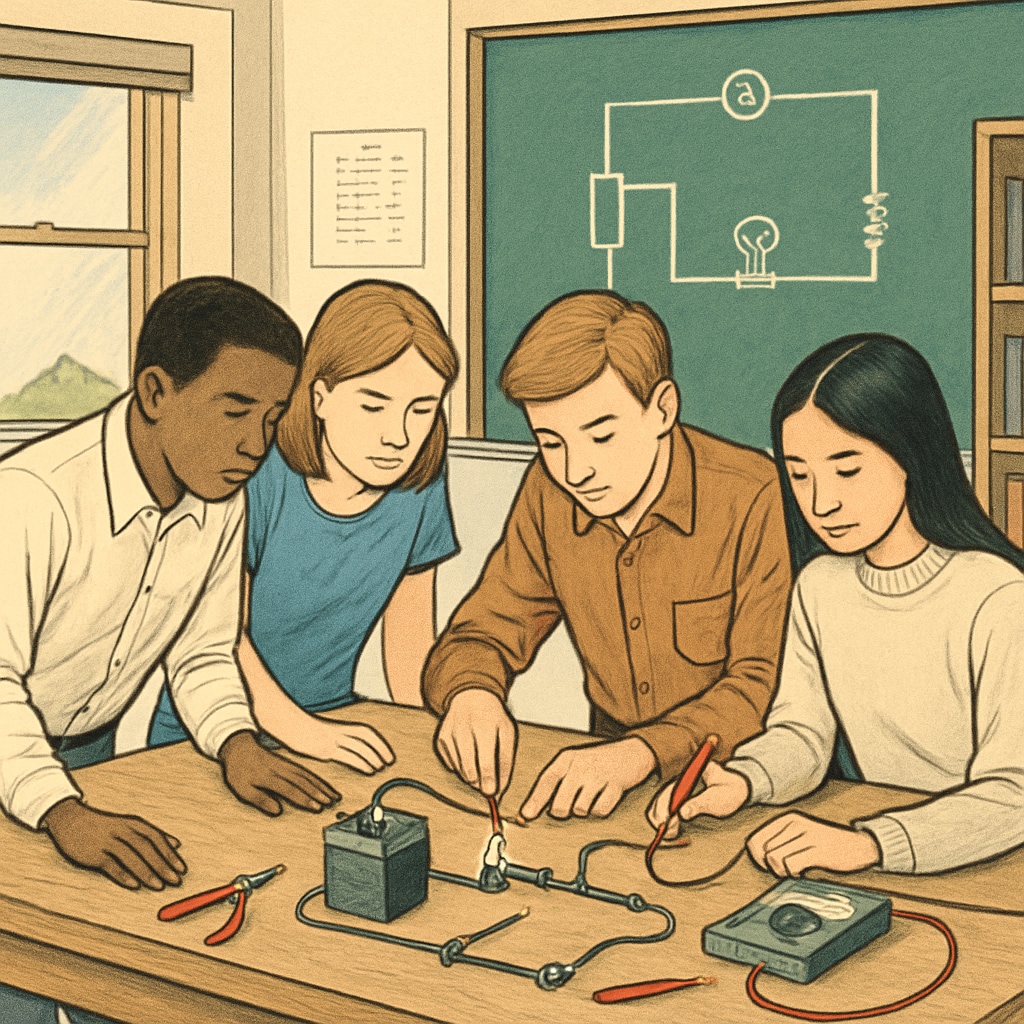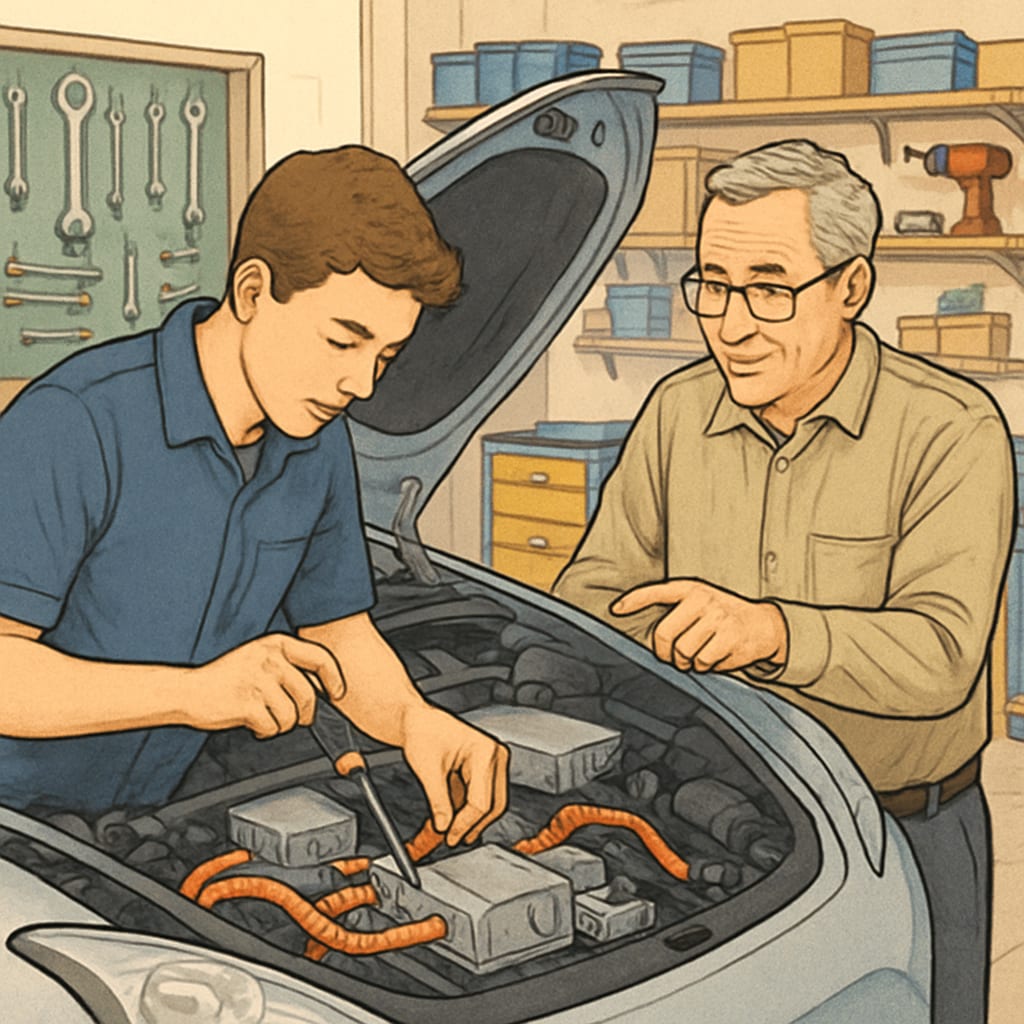The development of electrical skills, automotive industry, and apprenticeship experiences in K12 education is pivotal in shaping career opportunities for students. Introducing electrical concepts and hands-on training during early education can serve as a foundation for careers in the automotive sector, particularly as the industry shifts towards electric and autonomous vehicles. By integrating vocational exposure into school curricula, we can better prepare students to meet the growing demand for skilled automotive electrical technicians.
Why Electrical Skills Matter in Automotive Career Development
Electrical systems are increasingly vital in modern vehicles, ranging from power management to advanced driver-assistance systems (ADAS). As the automotive industry transitions toward electrification and automation, skilled professionals with knowledge of electrical systems are in high demand. Introducing electrical skills in K12 education provides students with a head start, enabling them to understand concepts like circuit design, diagnostics, and troubleshooting.
For example, hands-on activities such as wiring a basic circuit or programming sensors can offer practical insights while sparking curiosity about how electrical systems power vehicles. These foundational lessons not only enhance technical knowledge but also foster problem-solving skills critical for automotive careers.

Building Bridges Between Schools and the Automotive Industry
To prepare future automotive technicians, schools need to collaborate closely with industry leaders. Partnerships between educational institutions and automotive companies can provide mentorship opportunities, apprenticeships, and access to cutting-edge technology. For instance, a local automotive company could sponsor a school program that teaches electrical systems or provide students with summer internships to gain real-world experience.
These collaborations not only benefit students but also help industries address talent shortages. Schools can act as pipelines for skilled workers, ensuring that graduates are equipped with the technical expertise required to excel in modern automotive roles. Furthermore, industry involvement in curriculum development ensures that training remains relevant to current technological trends.

How K12 Apprenticeships Can Shape Long-Term Careers
Apprenticeship programs in K12 education are a powerful tool for career development. By allowing students to work alongside experienced professionals, apprenticeships provide practical experience that complements theoretical learning. In the context of the automotive industry, students can explore tasks such as diagnosing electrical systems, repairing wiring harnesses, or understanding battery management systems.
Apprenticeships also offer networking opportunities, connecting students with professionals who can guide their career paths. Additionally, these programs instill work ethics and technical confidence, traits essential for long-term success.
Key benefits of K12 apprenticeships include:
- Hands-on experience with real-world automotive systems.
- Exposure to workplace environments and expectations.
- Development of transferable technical and soft skills.
- Opportunities to specialize in areas like electric vehicles or ADAS.
The Future of Automotive Careers Through Early Education
As the automotive industry evolves, so must education systems. Incorporating electrical training and industry collaboration into K12 curricula can address the growing demand for skilled professionals in areas like electric vehicles and automation. By fostering curiosity, providing hands-on experience, and building industry connections, schools can prepare students for rewarding careers while meeting workforce needs.
In the end, career development in the automotive sector begins with early exposure. When students understand the relevance of electrical systems to modern vehicles, they are more likely to pursue related careers, ensuring a robust pipeline of skilled workers for the future.
Readability guidance: This article uses short paragraphs for clarity and includes lists to summarize key points. Overuse of passive voice and long sentences is avoided, ensuring accessibility for a broad audience. Transitions such as “however,” “in addition,” and “for example” improve flow and readability.


